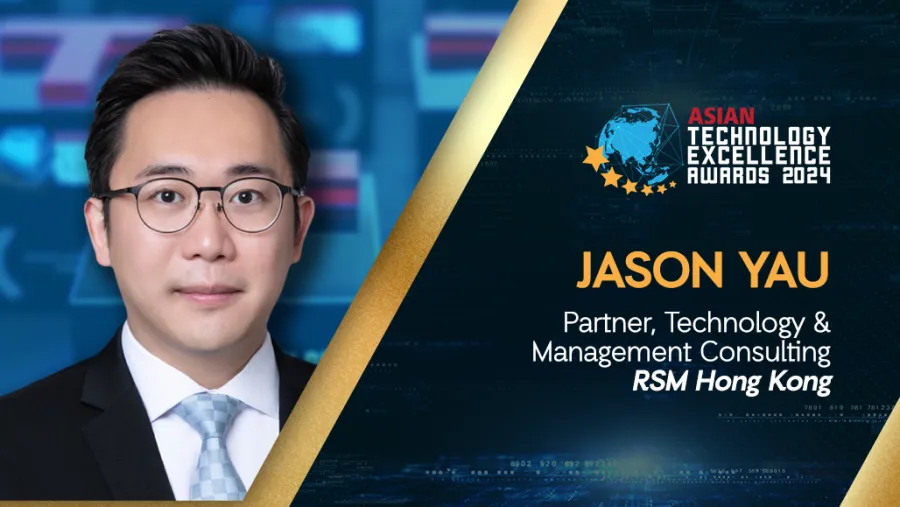
RSM's Jason Yau on enhancing digital capabilities: Foster continuous learning, strategic partnerships, user-centric design, and scalable infrastructure
Organisational inertia and data privacy concerns were cited amongst the challenges faced by companies.
Technology adoption in Asia has seen a meteoric rise in recent years, spurred by the region's vibrant economies and dynamic business landscape. Companies are increasingly turning to innovative solutions to stay competitive in an ever-evolving digital world.
Jason Yau, Partner in Technology & Management Consulting at RSM Hong Kong, is a witness to this technological revolution. With over 15 years of professional experience, Yau has played a pivotal role in spearheading transformative initiatives and providing high-quality IT solutions to corporate customers across the Asia-Pacific region. His expertise spans a wide range of areas, from ERP/CRM implementation to cybersecurity and cloud strategy.
As a judge in the Asian Technology Excellence Awards 2024, Yau shared his insights on the emerging trends shaping the future of technology adoption in Asia. From the transformative power of cloud computing to the rise of generative AI, Yau offered invaluable insights into the trends shaping the future of business in the region. He also further explored the challenges, opportunities, and strategies for harnessing technology to drive innovation and stay competitive in today's digital age.
What emerging trends do you foresee shaping the future of technology adoption in Asia?
The use of technology is rapidly evolving across Asia during COVID in order to adapt to the changing business user and consumer behaviours, with several key trends influencing this progression in digital transformation. The need to remain competitive in an increasingly digital world is driving initiatives for digital transformation across various industries.
These trends include the growing integration of automation, blockchain, cloud computing, big data, and Internet of Things (IoT) into business operations. Generative AI also stands as a significant technological breakthrough in the last 12-18 months that leapfrog us in a new era of innovation.
On the flip side, heightened consumer awareness and regulatory changes are leading to an increased emphasis on cybersecurity and data privacy. There is a notable shift towards sustainability and green technology, reflecting a global rise in environmental consciousness.
As we continue to navigate through unprecedented times, how do you envision the role of technology evolving in ensuring business resilience and continuity?
As we navigate through unprecedented times, technology plays a critical role in ensuring business resilience and continuity, as demonstrated during the three years of COVID. A key element is how technology powered us to perform our business duties through remote work and collaboration, enabling businesses to maintain operations despite physical distancing measures.
Cloud computing and digital infrastructure are essential to remote working enablement, providing scalability and flexibility to adapt to changing circumstances. Other new technologies such as predictive data analytics and generative AI are instrumental in forecasting and risk management, aiding businesses in making informed decisions amidst uncertainty. Cybersecurity is equally vital, requiring robust measures to safeguard against evolving cyber threats in a progressively digital world.
Can you share insights into the key challenges faced by companies in Asia when it comes to implementing and adopting new technologies, and how can these challenges be effectively addressed?
Whilst the adoption of new technologies offers numerous advantages, it also presents several challenges for Asian businesses. Organisational inertia and resistance to change often hinder the adoption process, necessitating strategic change management and strong transformational leadership. Data privacy concerns and regulatory compliance add complexity, requiring robust governance frameworks and new ethical standards. Additionally, integrating various systems and ensuring interoperability demand careful planning and execution. The scarcity of skilled talent and digital literacy further complicates matters, highlighting the need for a long-term view by business leadership and investments in people development.
As someone deeply involved in providing IT solutions to corporate customers, what advice would you give to organisations in Asia seeking to enhance their digital capabilities and stay competitive in today's fast-paced business environment?
Several key strategies can assist Asian businesses in enhancing their digital capabilities and maintaining competitiveness in today's dynamic business landscape. Firstly, fostering an innovative and continuous learning culture is crucial, as it encourages employees to embrace new technologies and concepts. Secondly, forming strategic partnerships with tech firms and startups can provide access to state-of-the-art solutions, expertise, and business ideas. Thirdly, prioritising user-centric design and customer experience (CX) ensures digital initiatives align with end-user needs and expectations. Lastly, investing in scalable and adaptable IT infrastructure lays the groundwork for sustained growth and innovation.
In your opinion, what sets apart truly innovative technology solutions from the rest, and how can companies ensure they stay ahead in the rapidly evolving tech landscape of Asia?
True creative technology solutions are distinguished by their ability to understand real-world problems and effectively address these challenges by harnessing innovative ideas and the power of new technology such as generative AI. Nevertheless, successful technology solutions demand reliable bank-end infrastructure and a strong supporting cast. They emphasise scalability, reliability, and ease of deployment to ensure adaptability with the organisation and consistent performance over time. Additionally, user feedback and iterative development practices are essential for refining and enhancing the solution to meet evolving user expectations. Ultimately, truly innovative solutions stand out for their ability to deliver tangible value to users and stakeholders, resulting in meaningful outcomes and providing a competitive business advantage.
As a judge at the Asian Technology Excellence Awards, what criteria do you prioritise when evaluating innovative technology initiatives in various industries?
As a judge at the Asian Technology Excellence Awards, I believe it is important to consider the creativity and originality of the solution and its impact on business outcomes and customer experience. Ultimately, the solution should be able to address a user problem and resolve the needs effectively and efficiently. Other technical elements such as the solution’s scalability, sustainability, and long-term profitability are also key considerations. Lastly, I will also consider the “side stories” of the solution, such as team collaboration, technical expertise, and execution skills, which are crucial to its success and potential.

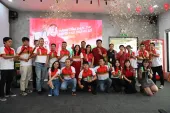










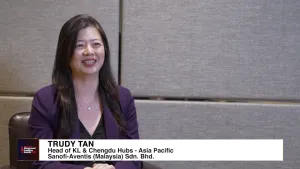
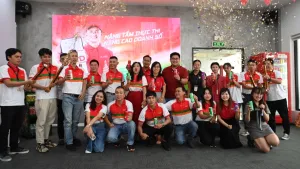
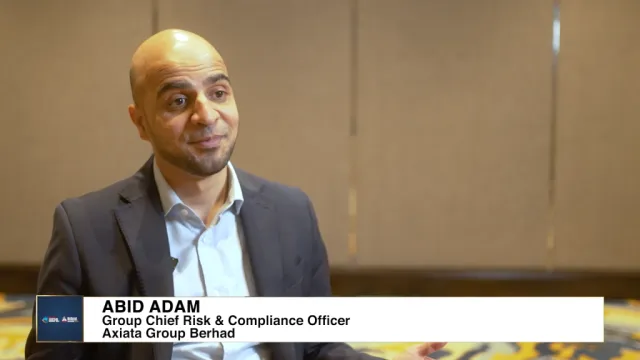
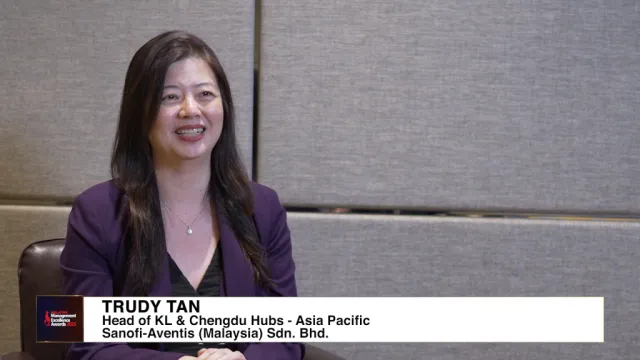

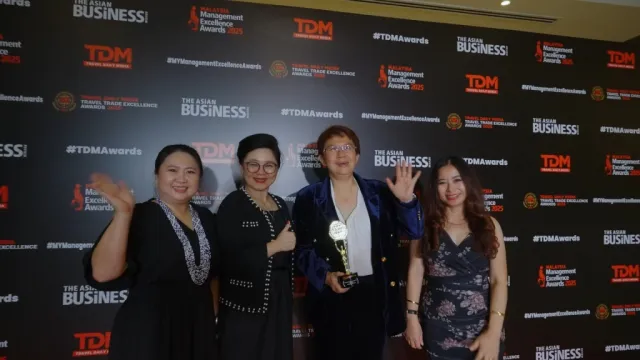

 Advertise
Advertise









